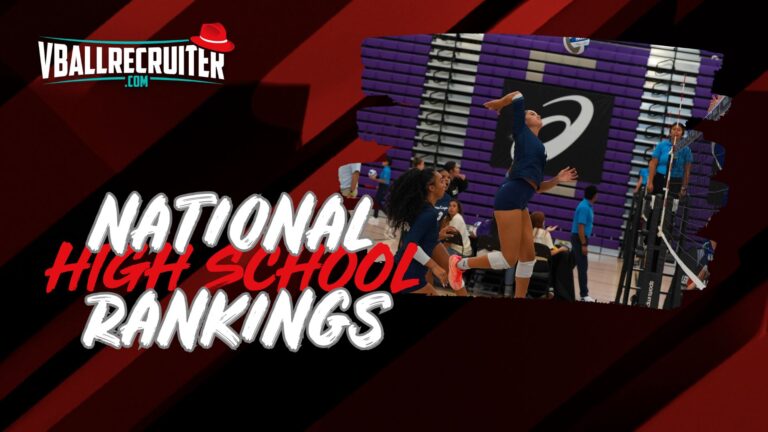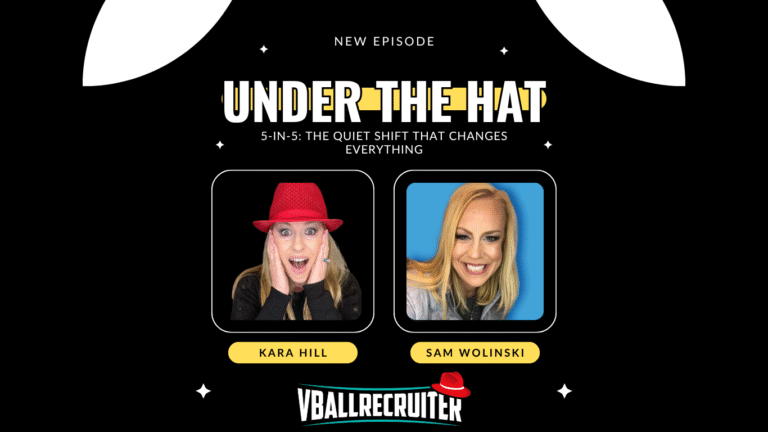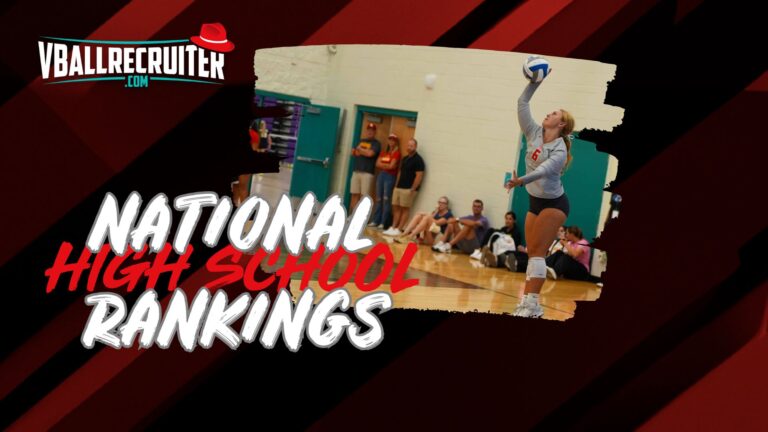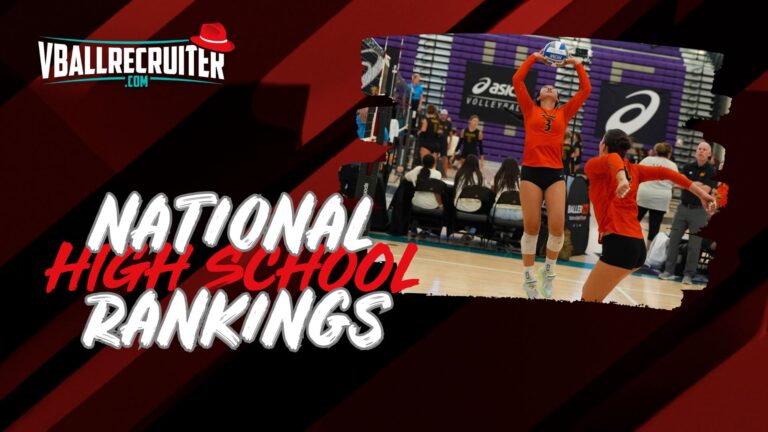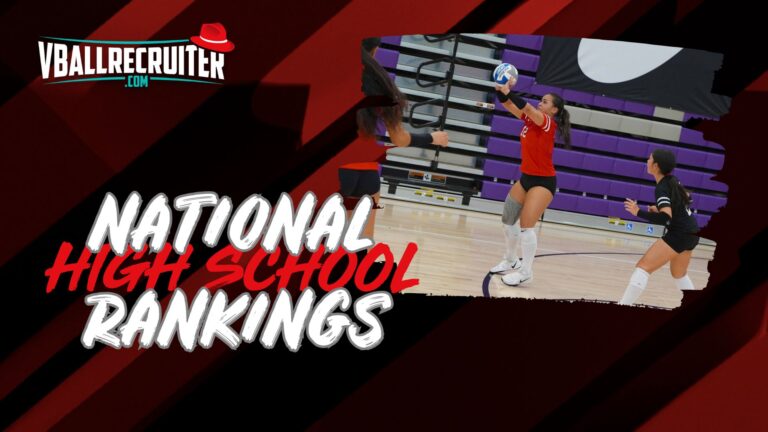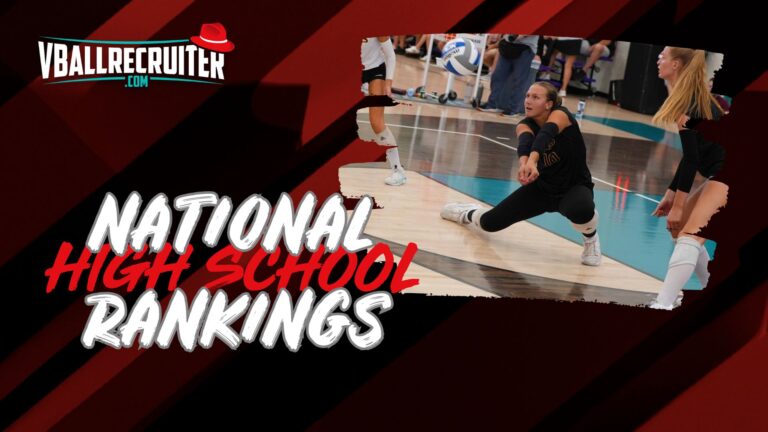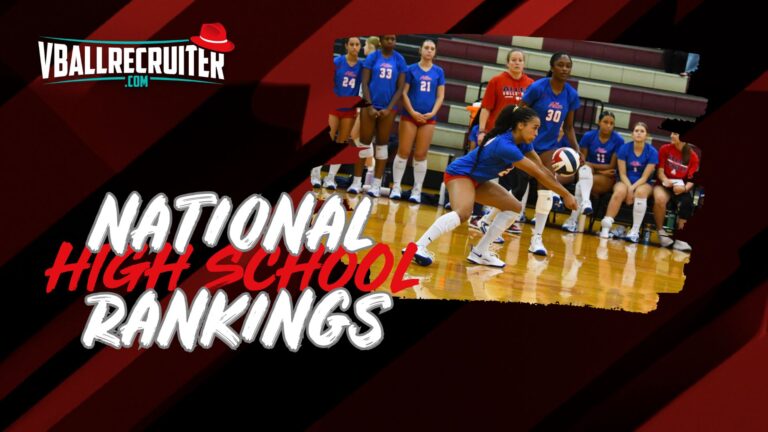This time of year, conversations get quieter — and heavier.
The texts get shorter. The calls get more emotional.
And beneath them all is the same question, surfacing over and over again:
“Should I transfer?”
The answer isn’t always obvious. Especially when you’re tired. Or not playing. Or comparing your path to someone else’s highlight reel.
This isn’t about whether the portal is good or bad. It’s about whether it’s right for you, right now.
This piece isn’t here to tell you what to do.
It’s here to help you see clearly — before you move.
📉 The Numbers Aren’t in Your Favor — But That’s Not the Point
Right now, thousands of athletes are entering the portal across every sport.
Recent data suggests:
-
Over 13,000 volleyball players were listed in the portal for 2024–25.
-
Nearly 25% of women’s college volleyball players on scholarship entered after the 2023 season.
-
The number is growing. Fast.
But this isn’t about numbers.
It’s about stories.
And what’s behind those entries.
For some athletes, the transfer is a lifeline.
For others, it’s a decision made in fatigue — and regret.
🧭 What Happens Before the Portal Is What Matters Most
Before you fill out a form.
Before you talk to your coach.
Before you text your parents and say, “I think I’m done.”
You have to ask:
-
Am I tired… or am I triggered?
-
Have I had a real conversation with my coach — or just imagined the outcome?
-
Have I been coachable — or just consistent with my frustration?
-
Do I want to transfer… or do I just want to feel seen?
This isn’t about self-blame.
It’s about ownership.
There’s a difference between “I’m not playing” and “I’m not playing yet — and I haven’t asked why.”
✍️ Don’t Talk to Your Coach Until You’ve Done This
If you’re thinking about transferring, the conversation with your coach matters. A lot.
Here’s how to prepare:
-
Write down what you want to say. Then revise it.
-
Lead with curiosity, not confrontation.
-
Ask questions. Don’t just make statements.
Example:
“I’ve been frustrated with my role, but I want your perspective. What do you think I can do better? Where do I stand?”
You don’t need to agree with the answer.
But you need to be open enough to hear it.
🧩 If You Do Decide to Transfer — Go In Ready
If you’re clear that transferring is right for you, your next step isn’t emotional — it’s logistical.
Here’s what to gather:
-
Academic transcript
-
Course syllabi (so the new school can assess credit transfers)
-
Match and/or practice film (especially if you haven’t played much)
-
A short, clear fit statement
(Not just “why you left” — but “who you are and what you’re looking for”) -
An updated resume or recruiting profile
-
A plan for training during your transition
And if you’re not playing much, know this: practice film is gold.
It may be the only thing coaches have to evaluate you.
🧠 A Note on Mindset
The portal is not a rescue plan.
It’s a rebuild.
If you haven’t built trust, consistency, or resilience where you are — those habits won’t automatically show up in a new zip code.
Take a moment to ask:
-
Have I truly outgrown this place — or just my comfort in it?
-
Have I talked to someone who will tell me the truth, not what I want to hear?
-
Am I seeking alignment — or escape?
This isn’t about staying or leaving.
It’s about making the next decision with clarity, not chaos.
🎧 For the Athlete Who’s Not Sure What to Do Next
If you’re in the thick of it — already in the portal or hovering close — pause here.
You don’t have to rush.
You don’t have to prove anything.
You don’t have to go it alone.
🎙️ Listen to the companion podcast:
→ Before You Enter the Portal: Full Episode
🔍 Final Thought
Not every athlete needs to transfer.
Not every athlete needs to stay.
But every athlete deserves to make that decision from a grounded place — not a panicked one.
Whatever you choose, let it be clear.
Let it be honest.
Let it reflect who you’re becoming.

